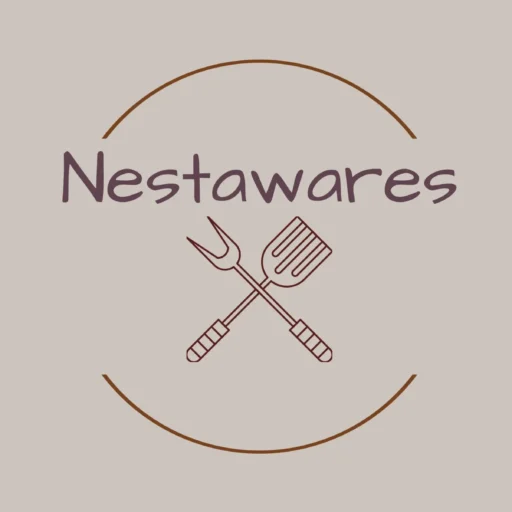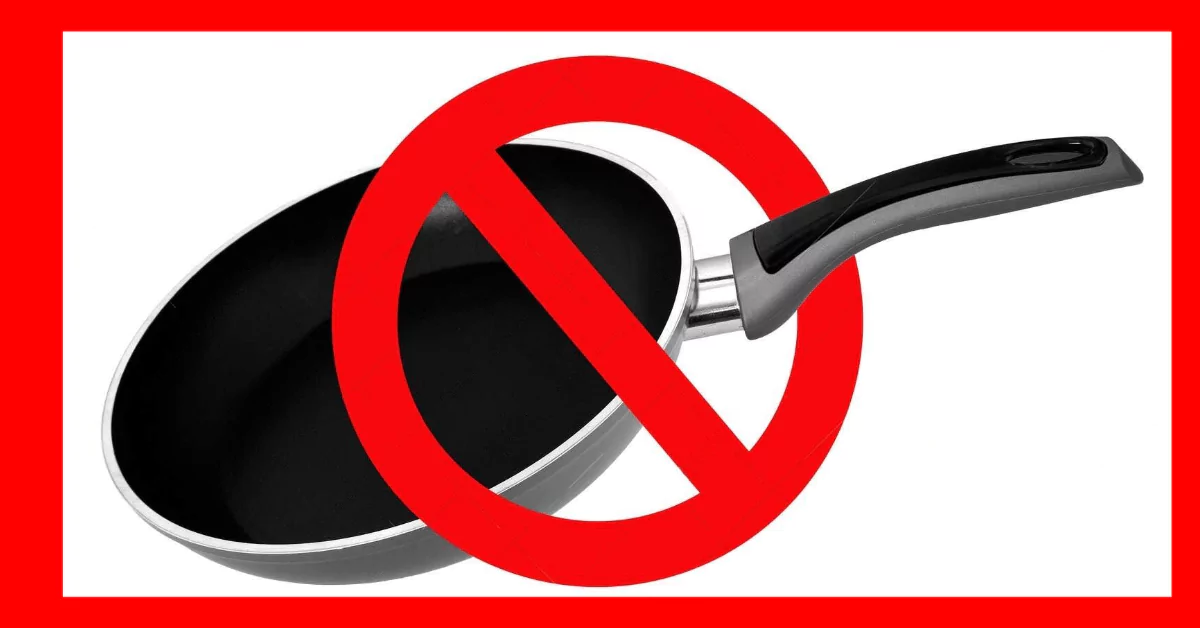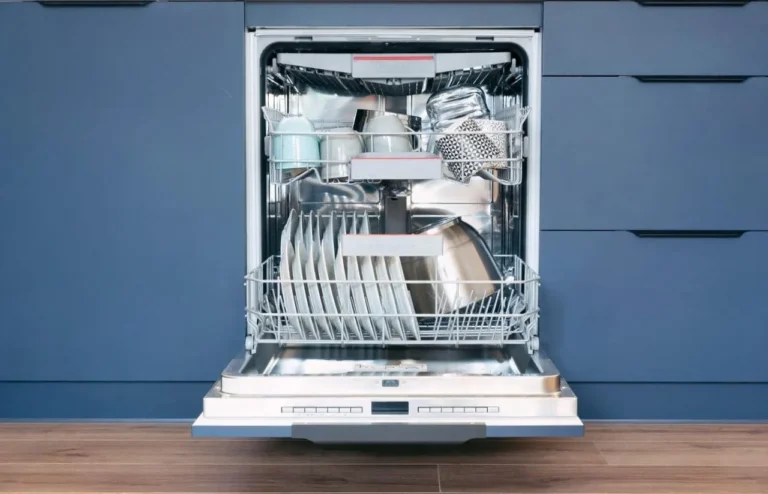In the heart of our kitchens, where culinary creativity comes to life, lies a hidden concern – the toxicity that traditional cookware may bring to our daily meals.
Imagine a scenario where every sizzle and pop in the pan brings not just the aroma of your favorite dish but also the risk of harmful chemicals infiltrating your food. This is the unfortunate reality with materials like Teflon, notorious for harboring perfluorooctanoic acid (PFOA), a substance with documented health risks.
Moreover, the seemingly innocent aluminum cookware poses its own set of concerns, leaching into our meals and potentially affecting our well-being. Meanwhile, the allure of non-stick coatings has charmed households, unaware of the potential hazards that might be coating their cookware.
In this guide, we aim to demystify non-toxic cookware – exploring alternatives like stainless steel, cast iron, ceramic, and glass, ensuring that the heart of our homes remains a sanctuary for wholesome, safe, and delicious meals.
Table of Contents
Common Toxic Cookware Materials
A. Teflon and PFOA
Research consistently indicates that Teflon, commonly used for its non-stick properties, harbors perfluorooctanoic acid (PFOA), a substance linked to adverse health effects.
For instance, a comprehensive study by the Environmental Working Group found measurable concentrations of PFOA in the blood of individuals using Teflon-coated pans. This emphasizes the importance of opting for alternatives like stainless steel or ceramic cookware.
When exploring non-toxic options, individuals should seek products labeled as PFOA-free, ensuring a safer culinary environment. By making these choices, one not only protects personal health but also contributes to a broader shift towards safer and healthier cooking practices.
B. Aluminum
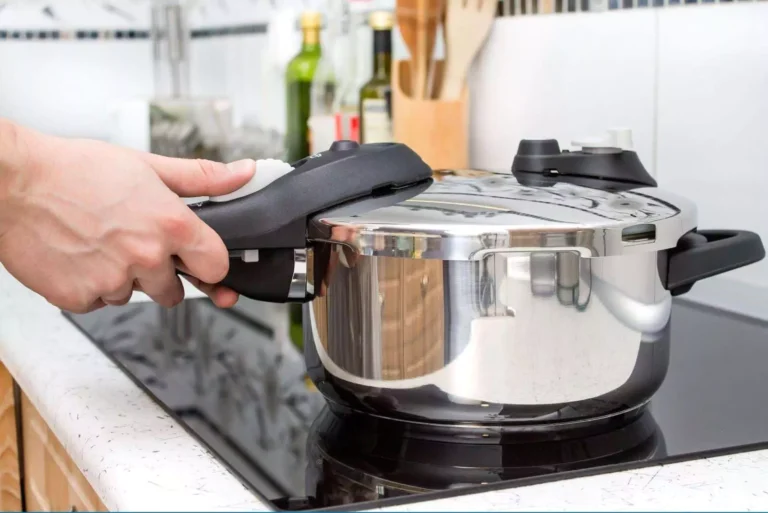
Understanding the potential health risks associated with aluminum cookware is paramount. Studies consistently show that prolonged exposure to aluminum in cooking utensils can result in the metal leaching into food.
This transference is more prominent when cooking acidic or high-temperature dishes, increasing the likelihood of ingestion.
For instance, a study conducted by the Journal of Food Science found that the acidity in tomato sauce significantly accelerated aluminum leaching from cookware. This underscores the importance of choosing cookware materials wisely, opting for alternatives such as stainless steel or cast iron.
To minimize aluminum exposure, it’s recommended to avoid extended cooking times with acidic ingredients in aluminum pots and pans.
C. Non-Stick Coatings
Navigating the landscape of non-stick coatings requires a clear understanding of potential risks and safer alternatives. Non-stick cookware, often celebrated for its convenience, may pose health concerns due to the materials used in its coating.
A notable example is the use of polytetrafluoroethylene (PTFE) in some non-stick coatings, which can release toxic fumes at high temperatures.
For instance, a study published in the Journal of Occupational and Environmental Medicine highlighted the risks of polymer fume fever associated with overheating PTFE-coated pans.
To prioritize health and safety, individuals are encouraged to explore alternatives like ceramic cookware, known for its non-toxic properties. By choosing cookware wisely, one can minimize exposure to potential hazards as well as cook their favorite meals without worry.
Non-Toxic Cookware Alternatives
A. Stainless Steel
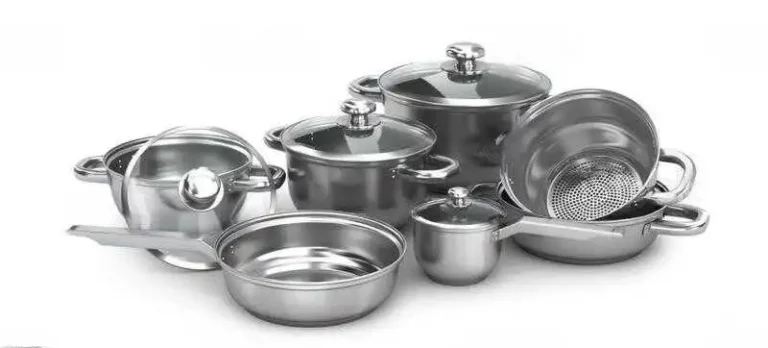
When choosing cookware, stainless steel emerges as a reliable and non-toxic option. Its durability and resistance to corrosion make it a staple in kitchens worldwide. The absence of coatings or surface treatments minimizes the risk of harmful substances leaching into food.
For instance, a study conducted by the Journal of Food Science found that stainless steel exhibited minimal reactivity with various food types, making it a versatile and safe choice. The popularity of stainless steel cookware is evident in its widespread use in professional kitchens.
By opting for stainless steel, individuals can ensure a cooking experience free from the concerns associated with toxic materials, fostering both culinary excellence and health-conscious living.
B. Cast Iron
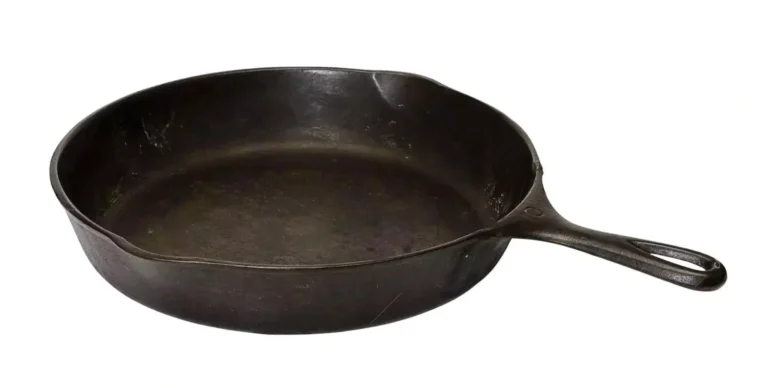
When considering non-toxic cookware, cast iron emerges as a robust and health-conscious choice. Its ability to withstand high temperatures and evenly distribute heat makes it a versatile option for various cooking methods.
Studies indicate that using cast iron cookware can contribute to an increase in dietary iron intake. For example, a study published in the Journal of Food Science noted a significant rise in iron levels in food cooked in cast iron pans.
This highlights the potential health benefits associated with incorporating cast iron into one’s kitchen. The durability of cast iron cookware also ensures a long-lasting investment.
With this, you can ensure a reliable cooking experience that not only prioritizes health but also stands the test of time.
C. Ceramic
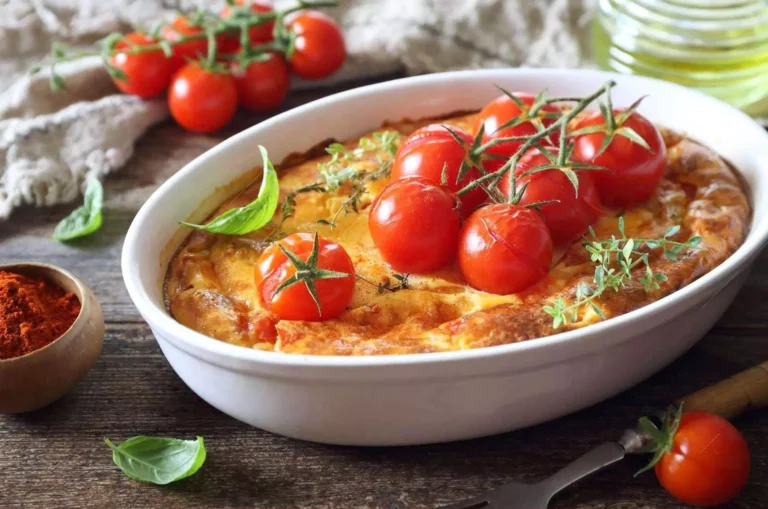
The inert nature of ceramic materials ensures that no harmful substances leach into food during the cooking process.
An illustrative example is a study conducted by the International Journal of Environmental Research and Public Health, which emphasized the non-reactive nature of ceramic cookware, especially when compared to traditional non-stick options.
The study found that ceramic cookware maintained its integrity even when exposed to high temperatures. This showcases the reliability of ceramic in providing a safe and non-toxic cooking experience.
By incorporating ceramic cookware into your kitchens, you can enjoy the benefits of a chemical-free cooking environment, contributing to both your well-being and the overall safety of culinary practices.
Ceramic is something that allows you to enjoy your cooking process without compromising on performance or versatility.
D. Glass
Glass cookware have always stood out as a transparent and health-conscious choice. When opting for glass cookware, you can be confident in its inert composition, ensuring no harmful chemicals leach into their culinary creations.
A case study published in the Journal of Environmental Health Perspectives underscored the safety of using glass containers for food storage, highlighting their non-reactive nature even when exposed to acidic or high-temperature conditions. This study exemplifies the reliability and safety that glass brings to the kitchen.
By choosing glass cookware, users prioritize a cooking experience that preserves the purity of their ingredients. This makes glass an ideal option for those seeking non-toxic alternatives without compromising on versatility or durability.
Understanding Certification and Labeling
Its crucial for everyone to understand the significance of certifications and labeling, while researching on purchasing cookware.
Differentiating between various certifications such as FDA, NSF, and brands like Greenpan ensures that you make informed choices about the safety of your cookware.
For example, the Food and Drug Administration (FDA) certification signifies that the cookware materials meet the regulatory standards for safety. This empowers you to confidently select products that adhere to recognized safety benchmarks.
The National Sanitation Foundation (NSF) certification adds an extra layer of assurance, focusing on the product’s safety and performance. Greenpan, a brand known for its eco-friendly cookware, caters to users seeking both non-toxic and environmentally conscious options.
Making choices that align with your commitment to safety and quality in the kitchen, can lead to an overall safer environment too.
Tips for Safe Cooking Practices
- Temperature Considerations
⇾ Adjust cooking temperatures to match the material of your cookware.
⇾ High temperatures can affect the integrity of some materials, leading to potential health risks. - Proper Maintenance of Non-Toxic Cookware
⇾ Regularly inspect and clean your non-toxic cookware to ensure longevity.
⇾ Follow manufacturer guidelines for cleaning and maintenance to preserve the integrity of the materials. - Avoid Abrasive Cleaning Tools
⇾ Use soft sponges or cloths when cleaning non-toxic cookware to prevent scratches. Scratches can compromise the non-stick surface and may lead to the release of undesirable substances. - Use Wooden or Silicone Utensils
⇾ Opt for utensils made of wood or silicone to prevent scratching and maintain the integrity of non-stick coatings. Metal utensils can damage the surface of non-stick cookware, compromising its safety. - Store Cookware Properly
⇾ Store non-toxic cookware carefully to prevent unnecessary wear and tear.
⇾ Stack pots and pans with care, using protective layers if needed, to avoid scratches and dents.
Final Words
The choices you make in cookware play a pivotal role, when you decide to turn your kitchen into a safer and healthier version. By understanding the risks associated with traditional materials and embracing non-toxic alternatives like stainless steel, cast iron, ceramic, and glass, you’ve taken a crucial step.
Certifications and labels guide you in making informed decisions, ensuring the safety and quality of your cookware.
Remember to adopt safe cooking practices, and maintain your cookware diligently.
As you savor the benefits of a non-toxic kitchen, preserving both health and flavor, a question lingers – how will your conscious choices in the kitchen ripple into a broader commitment to well-being and sustainability in your lifestyle?
